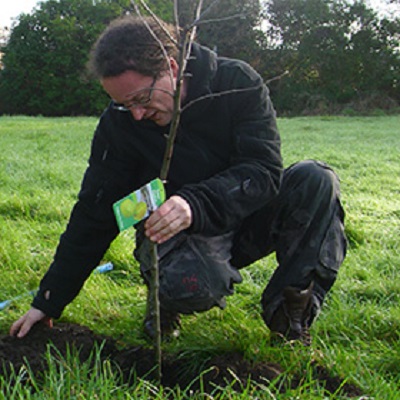Tim Peters

PhD: The role of soil microbes and rhizodeposition in forest ecosystem carbon cycling
Environment Centre Wales
Bangor University
My background is in the horticultural industry working in domestic gardens, commercial production and landscape scale projects, including planning and planting traditional orchards as part of an EU funded agri-environment scheme in Shropshire. This led me to developing interest in trees, forest ecosystems and plant/soil interactions. I then moved to Anglesey to begin studying an undergraduate degree in Forestry at Bangor University. My honours project was investigating the effect of higher winter temperatures on budburst in different provenances of Crataegus monogyna. The project received the Royal Forestry Society Bursary for the best undergraduate project dissertation of my cohort. After graduating with a first-class honours degree I then briefly worked for the Centre for Ecology and Hydrology as a fieldwork and laboratory technician working on a range of projects researching extreme weather events, ecosystem response to climate change and long term hydrology monitoring.
Research Project:
I have now began a PhD investigating the importance of root exudation and soil microbial communities below-ground carbon sequestration of temperate forests particularly focussing on the deciduous trees; sweet chestnut (Castanea sativa), silver birch (Betula pendula) and common alder (Alnus glutinosa). The research is important as it is expected that the trend in increasing numbers of businesses and governments becoming interested in using forestry grant schemes to offset carbon emissions will continue in the foreseeable future. The need for these grant schemes to be informed by peer-reviewed research has never been more important as the economic slowdown increases the need for subsidies to be targeted to maximise benefits to the wider society. I have also always been fascinated by the symbiotic relationships which exist between plants and mycorrhiza and have always felt that the below-ground forest processes are still poorly understood when compared to other aspects of forest ecosystems.
